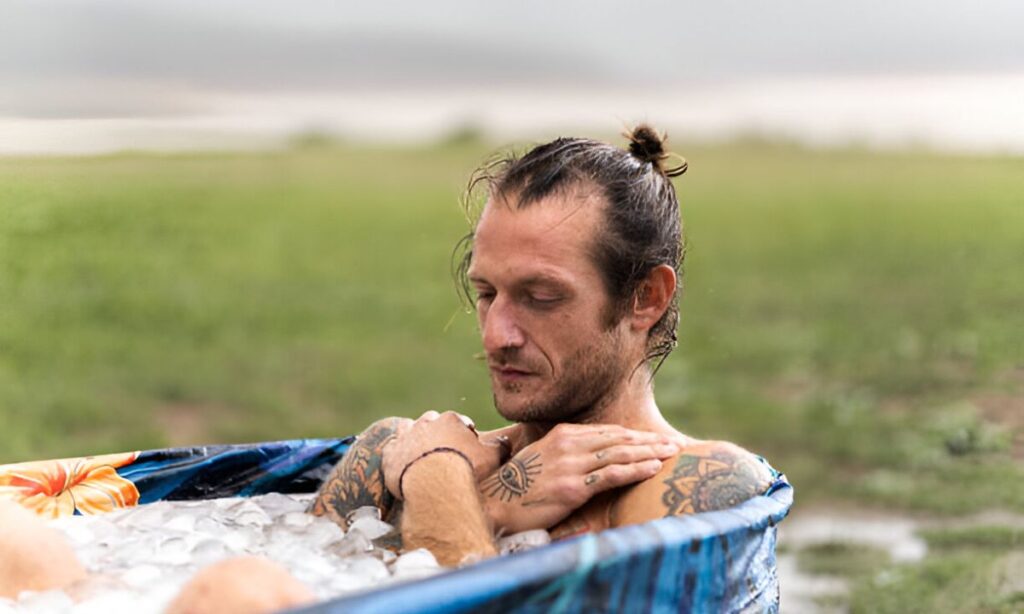Cedar ice baths have roots stretching back centuries, yet many wonder—is its current popularity just another passing trend? From athletes nursing sore muscles to busy professionals seeking mental clarity, plunge therapy has earned its reputation for tangible benefits to body and mind. If you’re intrigued by the practice, now might be the perfect time to explore it and its benefits.
What Can Plunge Therapy Do for Your Body?
Quicker Muscle Recovery
Intense workouts cause tiny muscle tears, resulting in soreness. Ice baths helps by narrowing blood vessels, reducing inflammation and flushing out waste products. This natural process lets fitness enthusiasts get back to training sooner – less downtime between sessions.
Mental Sharpness and Stress Relief
The cold shock prompts deep breathing patterns, which activate your parasympathetic nervous system, naturally lowering stress levels. Regular practice sharpens focus and builds resilience. Have you ever noticed that post-plunge high? It comes from endorphins released during your body’s response to cold.
Better Blood Flow and Immune Function
Cold exposure pushes your body to improve circulation, strengthening your heart and blood vessels. Some research suggests plunge therapy might boost immune responses by triggering white blood cell production. The improved blood flow? It delivers oxygen and nutrients more effectively throughout your body.
Sounder Sleep and Mood Balance
Regular cold immersion links to improved sleep quality – the drop in body temperature after a plunge kickstarts natural sleep mechanisms. Plunge therapy often increases dopamine levels, too, potentially easing symptoms of anxiety and low mood.
How Should You Prepare for Your First Cold Plunge?
Getting ready properly will help you reap the rewards:
Control Your Breathing
Proper breathing technique is essential for a successful cold plunge. Slow, measured breaths help prevent panic and maintain calm during immersion. Methods such as Wim Hof breathing have significantly improved tolerance to cold exposure.
Watch the Clock
Beginners should aim for just 1-2 minutes initially. You can gradually work up to longer sessions over time, but keeping dips under 10 minutes is advisable, as most experts recommend. Extending sessions beyond this limit risks numbness or potential harm, so listening to your body’s signals is important.
Warm Up Properly
After your plunge, avoid hot showers immediately; they can shock your system. Instead, dry off thoroughly and move about gently. Light activity restores warmth naturally.
When Should You Skip Plunge Therapy?
Despite its benefits, cold immersion isn’t suitable for everyone. Those with heart conditions or poor circulation should consult with their doctor before attempting cold therapy. If you experience dizziness or excessive cold during a session, it’s important to exit immediately and warm up. Pregnant women and individuals with Raynaud’s syndrome should exercise particular caution when considering plunge therapy.
How Regular Should Your Cold Plunges Be?
Finding the right frequency matters. Some swear by daily immersion. Others benefit from 2-3 weekly sessions. What is your ideal schedule? It depends on personal tolerance and health goals. For post-workout recovery, try plunging within an hour of finishing intense exercise – when temperatures are between 10-15°C for beginners.
Could Plunge Therapy Work for You?
Searching for a natural approach to boost recovery, build mental toughness and improve wellbeing? Plunge therapy might be worth a try. Begin with brief sessions. Pay attention to how your body responds! With time, you’ll likely find that regular cold exposure strengthens both physical resilience and mental fortitude.
If you’re stuck on how to start, consider consulting health professionals at a reputable wellness clinic. These experts thoroughly understand cold therapy methods and will help make plunge therapy a beneficial part of your health routine.
ALSO READ: Why Seniors Thrive with Mindfulness: Cognitive and Health Benefits Explained







